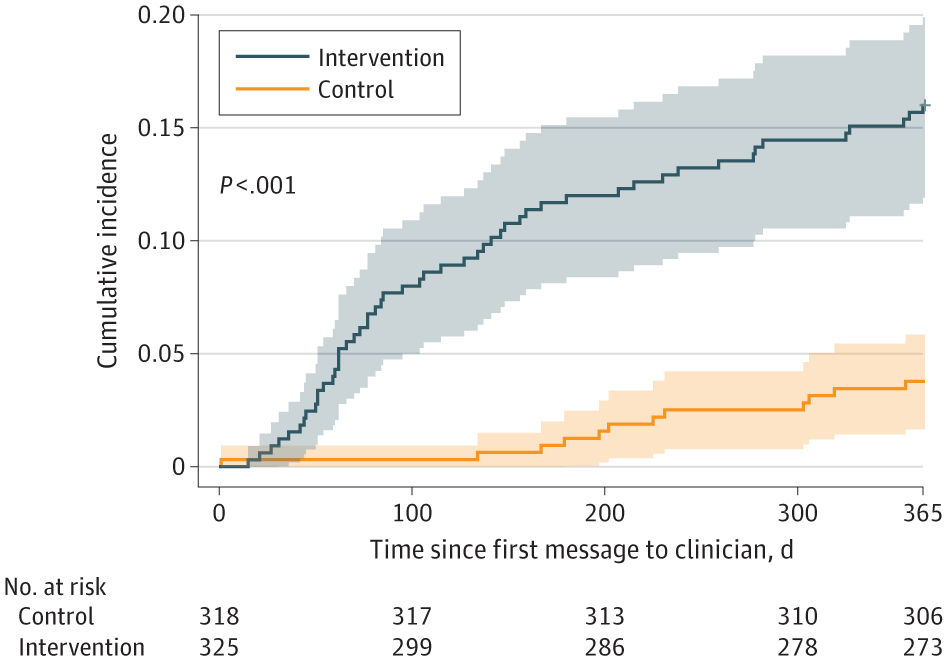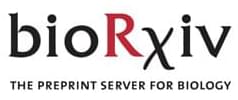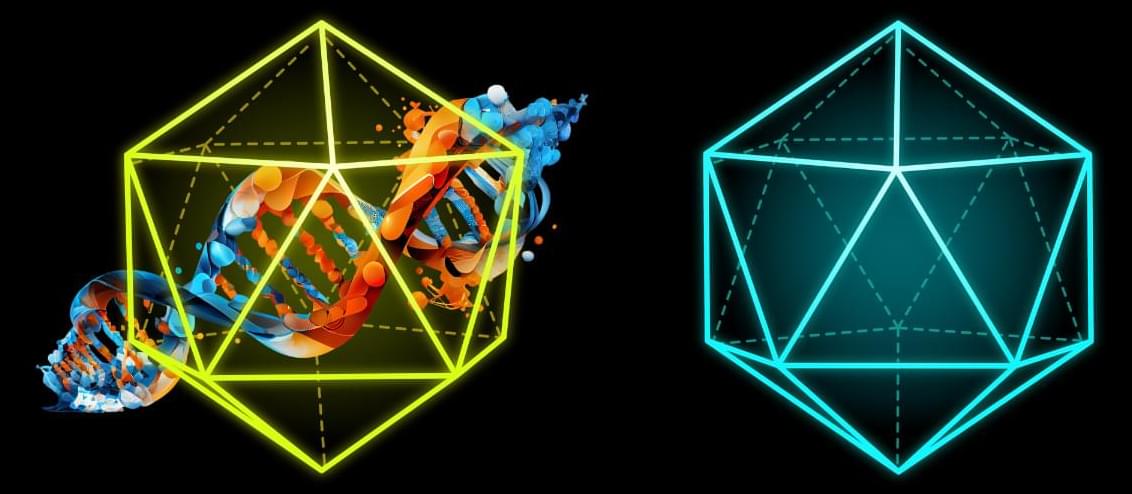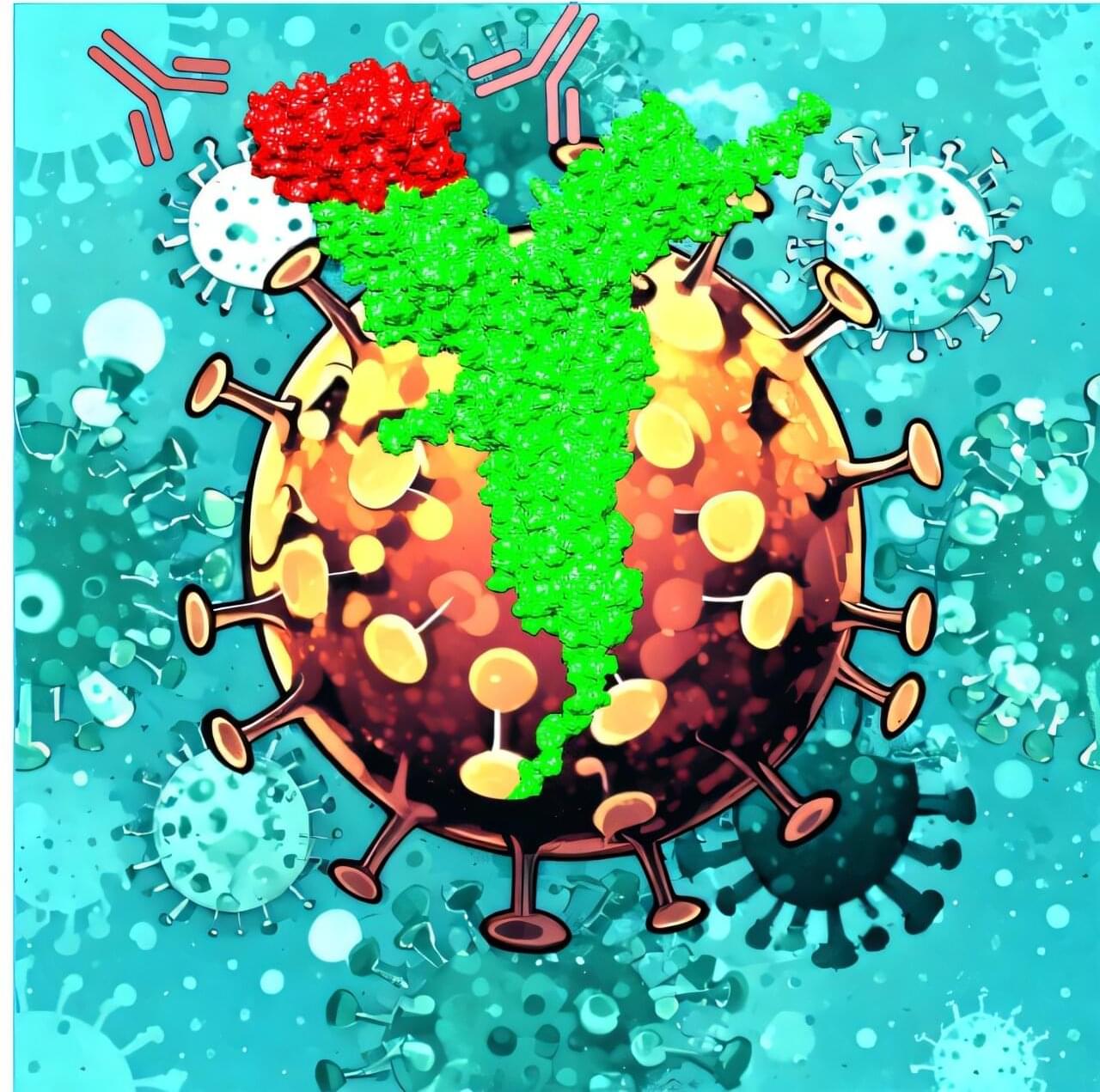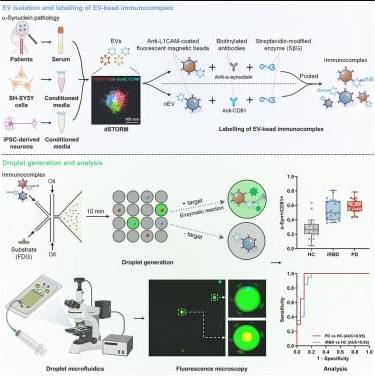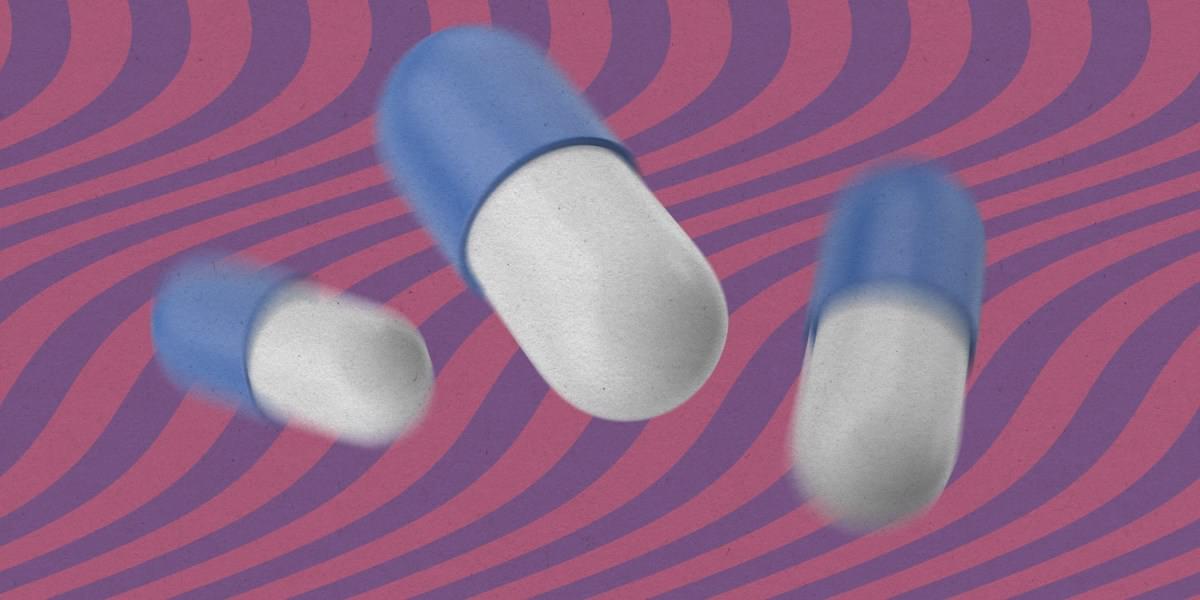Keratinocytes produce collagen fibers, while deeper fibroblasts later modify the collagen fibers initially formed by keratinocytes. Challenging the long-standing belief that fibroblasts produce skin collagen, researchers at Okayama University have investigated collagen formation in the ‘glass-skinned’ amphibian axolotl and other vertebrates. They discovered that keratinocytes, the surface cells of the skin, are responsible for producing collagen, which is then transferred deeper to form the dermis. Later, fibroblasts migrate into this collagen layer, modifying and reinforcing its structure.
The skin consists of two primary layers. The epidermis, the outermost layer, is predominantly made up of keratinocytes, while the deeper dermis contains blood vessels, nerves, and structural proteins such as collagen, which give the skin its strength and texture. Traditionally, fibroblasts — specialized supporting cells within the dermis — have been believed to play a key role in producing collagen.
In humans, collagen is formed before and after birth. It has been believed that fibroblasts play an exclusive role in collagen production in the skin, and no keratinocytes contribute to collagen production. The statement “Collagen production in the human skin is achieved by fibroblasts” has been an unspoken agreement in the skin research field.
